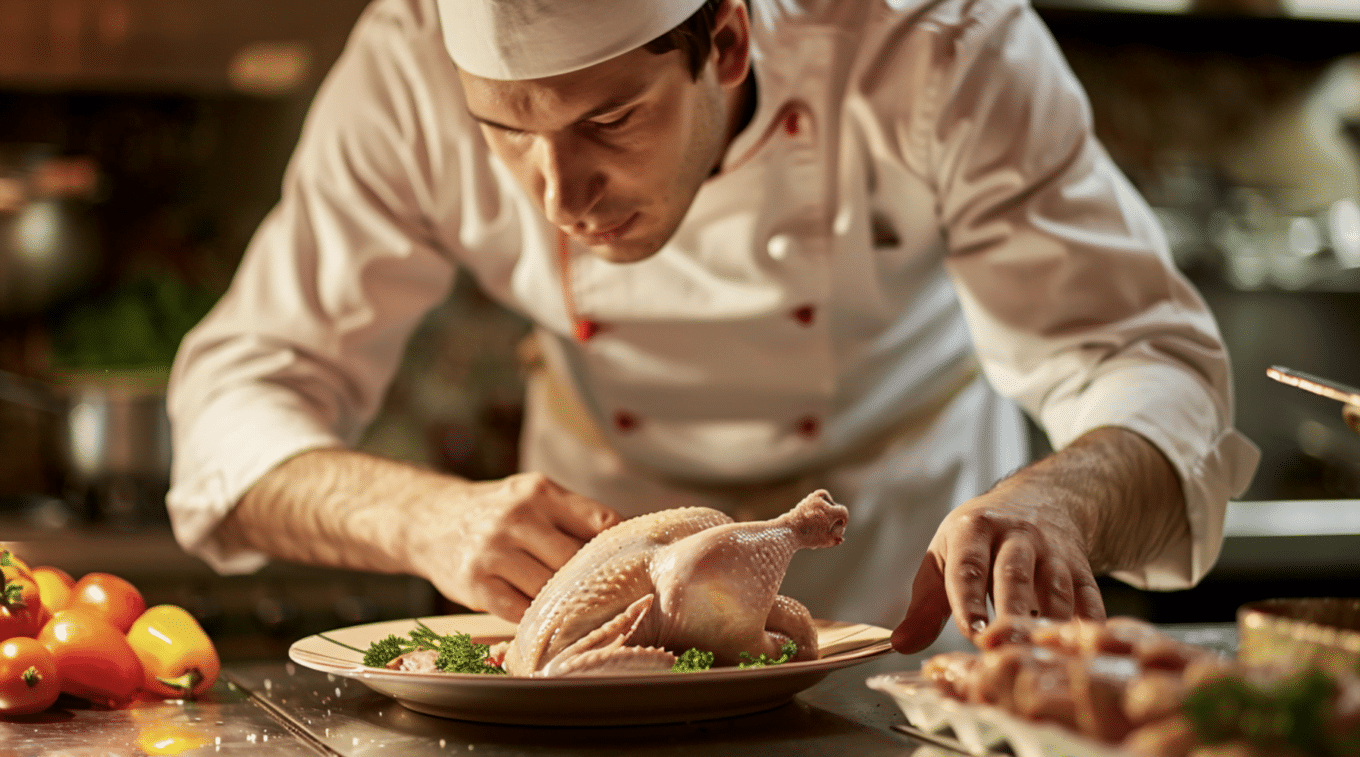Opening the refrigerator only to be greeted by a foul odor from your raw chicken can be a disturbing experience. You’re not alone in wondering whether this pungent poultry is safe to consume.
The good news is that by understanding the causes behind smelly chicken and knowing what signs to look for, you can confidently determine whether it belongs on your dinner plate or in the trash.
In this article, we’ll explore the reasons behind malodorous chicken and provide clear guidelines to assess its safety for consumption.
By the end, you’ll be equipped with the knowledge to make informed decisions about your poultry, ensuring you and your loved ones can enjoy meals without compromising your health.
Identifying Smelly Chicken
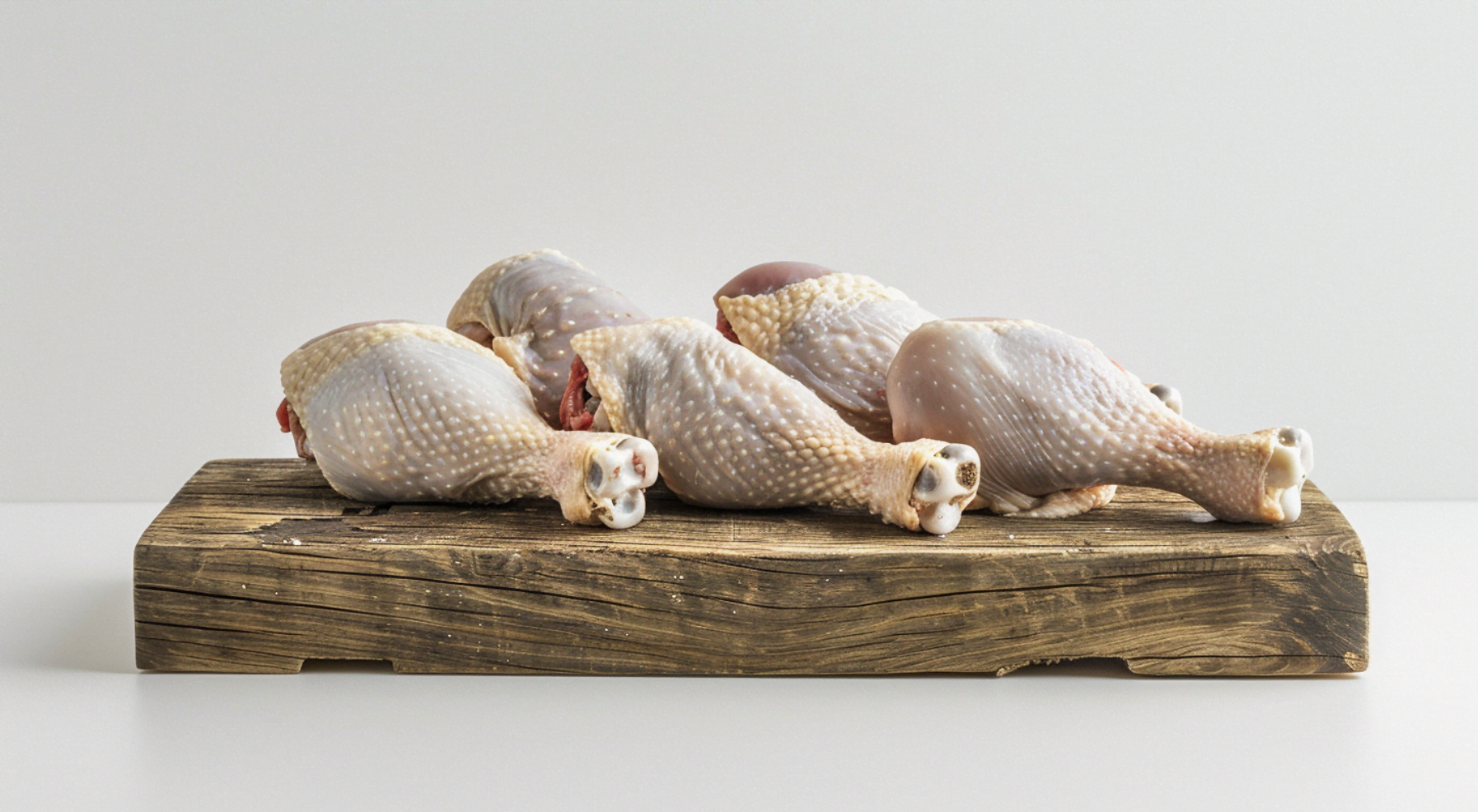
Raw chicken can sometimes have unusual smells, which may raise concerns about its freshness and safety.
These odors can be early warning signs of spoilage, but they don’t always mean the chicken has gone bad.
Understanding the different types of smells and their causes can help you make informed decisions about cooking or tossing your poultry.
Common Odors and Their Meanings
| Odor Type | Likely Cause | Recommended Action |
|---|---|---|
| Sulfurous | Bacterial breakdown of proteins producing hydrogen sulfide | Discard |
| Sour | Bacterial fermentation producing lactic acid | Assess further; discard if other signs of spoilage are present |
| Rotten | Significant bacterial overgrowth | Discard immediately |
Causes of Unpleasant Smells in Chicken
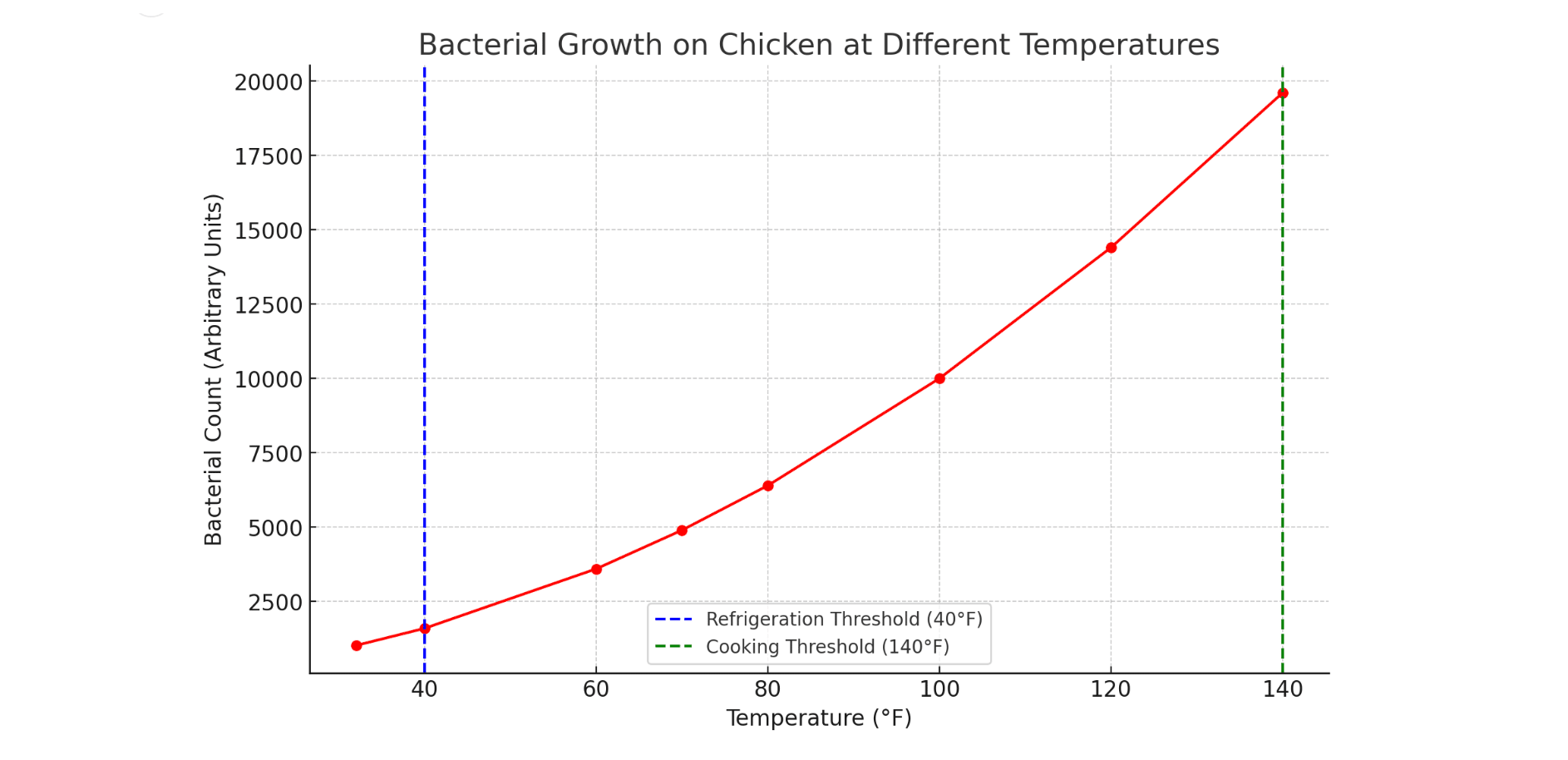
Several factors can contribute to the development of off-putting odors in raw chicken.
Understanding these causes can help you better assess the freshness and safety of your poultry.
1. Biological Processes
- Breakdown of Amino Acids Chicken contains amino acids that can break down over time, producing sulfur compounds. These compounds are responsible for the rotten egg smell that sometimes emanates from raw chicken.
- Production of Sulfur Compounds The main sulfur compounds resulting from amino acid breakdown are hydrogen sulfide and mercaptans. Hydrogen sulfide has a strong, pungent odor, while mercaptans contribute to the rotten cabbage-like smell.
2. Influence of Storage and Spoilage Bacteria
- Role of Bacteria in Spoilage Bacteria naturally present on the surface of the chicken or introduced during processing and handling can multiply rapidly if the poultry is not stored properly. As these bacteria grow and feed on the chicken, they produce waste products that cause unpleasant odors.
- Conditions Promoting Bacterial Growth Bacteria thrive in warm, moist environments. When chicken is stored at temperatures between 40°F and 140°F (4°C to 60°C), known as the “danger zone,” bacterial growth accelerates, leading to faster spoilage and stronger odors.
3. Effects of Packaging Gases on Smell
- Packaging Methods and Gases Many chicken products are packaged using modified atmosphere packaging (MAP), which involves replacing the air in the package with gases like carbon dioxide to extend shelf life. When you first open a package of chicken, you may notice a slight odor due to releasing these gases.
- Temporary vs. Persistent Odors caused by packaging gases typically dissipate quickly once the chicken is exposed to air. However, if the smell persists or worsens after a few minutes, it may indicate that the chicken has started to spoil and should not be consumed.
Safety Evaluation Steps
To determine if your smelly chicken is still safe to eat, follow these steps to assess its quality and freshness.
Visual Inspection for Discoloration or Mold

- Identifying Discoloration Fresh, raw chicken should have a pinkish-white color. If you notice any grayish, greenish, or yellow hues on the surface of the meat, it may indicate that the chicken has started to spoil and should not be consumed.
- Checking for Mold Inspect the chicken for any visible mold growth, which often appears as fuzzy patches in colors like black, white, or green. If you spot any mold, discard the chicken immediately, as it is no longer safe to eat.
Tactile Assessment for Texture
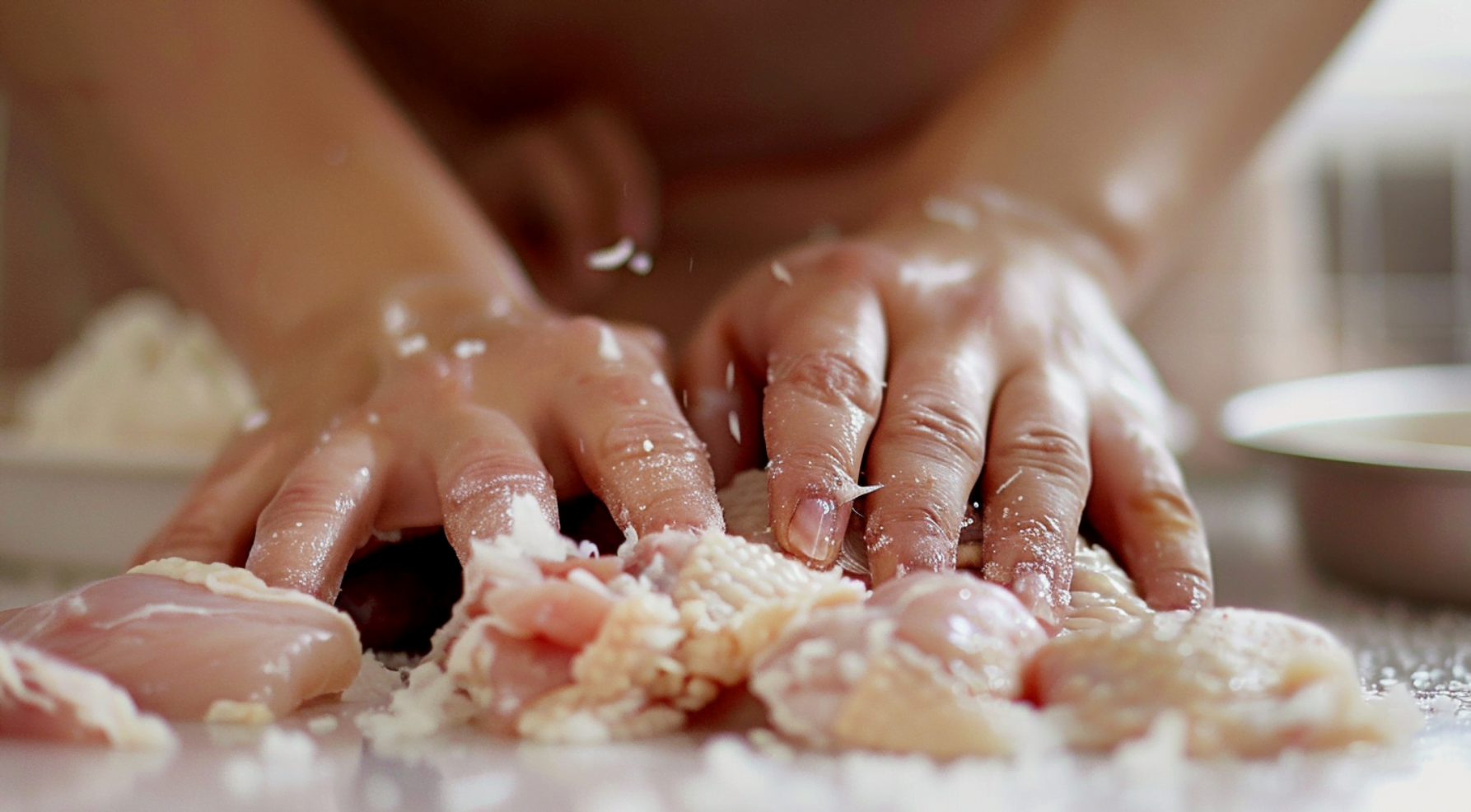
- Feeling for Sliminess Using clean hands, gently press the surface of the chicken. If it feels slimy or has a tacky texture, this is a sign of bacterial growth and potential spoilage. Chicken that is safe to eat should feel moist but not slimy.
- Sticky Texture Check Pay attention to any unusual stickiness on the chicken’s surface. If the meat feels abnormally sticky or leaves a residue on your fingers, it is likely that the chicken has begun to spoil and should not be consumed.
Olfactory Check for Persistent Bad Odors

- Assessing Odor Strength and Quality After opening the package, allow the chicken to air out for a few minutes. Then, give it a careful sniff. If the chicken emits a strong, foul, or sour odor that persists even after airing out, it is a clear indication that the meat has gone bad and should be discarded.
- Understanding Temporary vs. Persistent Odors Keep in mind that some temporary odors may be present due to the packaging process, especially if the chicken was packaged with gases like carbon dioxide. These smells should dissipate quickly. However, if the unpleasant odor lingers or intensifies, it is a sign of spoilage, and the chicken should not be consumed.
Guidelines for Consumption Decision
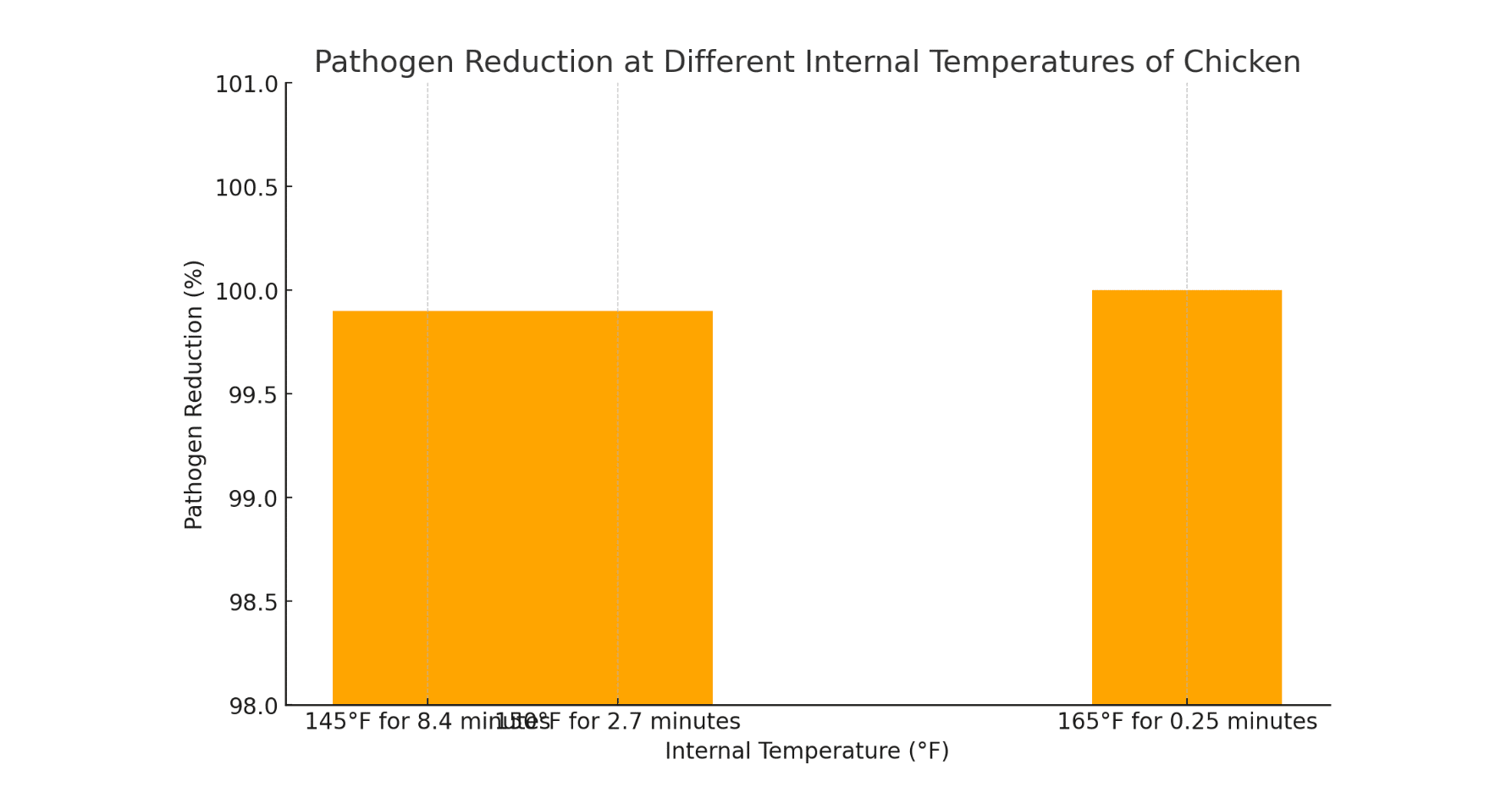
When deciding whether to cook or discard smelly chicken, consider the following factors to ensure the safety and quality of your meal.
1. Checking the ‘Use-By’ Date and Storage Conditions
- Use-By Date Always check the use-by date on the chicken packaging. This date indicates the timeframe within which the chicken should be consumed for optimal freshness and safety. It’s best to plan your meals so that you can use the chicken before this date passes.
- Storage Conditions Proper storage is crucial in maintaining the quality and safety of raw chicken. Keep the chicken refrigerated at or below 40°F (4°C) or frozen at 0°F (-18°C) until you’re ready to cook it. Minimize the time the chicken spends at room temperature, as this can promote bacterial growth and spoilage.
2. Deciding When to Cook vs. When to Discard
- Temperature Requirements for Cooking If the chicken has passed the visual, tactile, and olfactory checks, and it is within the use-by date, it can be cooked. Ensure that the chicken reaches an internal temperature of 165°F (74°C) to kill any potential pathogens, as recommended by food safety authorities.
- Signs When to Discard If the chicken exhibits multiple signs of spoilage, such as a persistent foul odor, slimy texture, discoloration, or mold growth, and it is past the use-by date, it should be discarded immediately. Do not attempt to cook chicken that shows clear indications of spoilage, as it may cause foodborne illness.
3. Importance of Thorough Cooking to Eliminate Pathogens
- Thorough Cooking Practices When cooking chicken, use a meat thermometer to check the internal temperature at the thickest part of the meat. Ensure that the thermometer does not touch bone, as this can give an inaccurate reading. Additionally, make sure that the chicken is cooked evenly throughout, with no raw or pink areas remaining.
- Risks of Undercooking Undercooking chicken can lead to the survival of harmful pathogens like Salmonella and Campylobacter, which can cause serious foodborne illnesses. Symptoms of these illnesses may include nausea, vomiting, diarrhea, fever, and abdominal pain. To minimize the risk of illness, always cook chicken thoroughly and follow proper food safety practices.
Conclusion
Last but not least, determining if your smelly chicken is safe to consume requires a multi-sensory approach.
By visually inspecting for discoloration and mold, assessing the texture for sliminess or stickiness, and conducting a smell test for persistent, strong odors, you can make an informed decision about your chicken’s safety.
Always check the use-by date and ensure proper storage conditions to minimize the risk of spoilage. If you choose to cook the chicken, thorough cooking to an internal temperature of 165°F (74°C) is crucial to eliminate harmful pathogens.
However, if you have any doubts about the chicken’s freshness or safety, it’s best to err on the side of caution and discard it.
Remember, when it comes to food safety, the old adage holds: “When in doubt, throw it out.”

